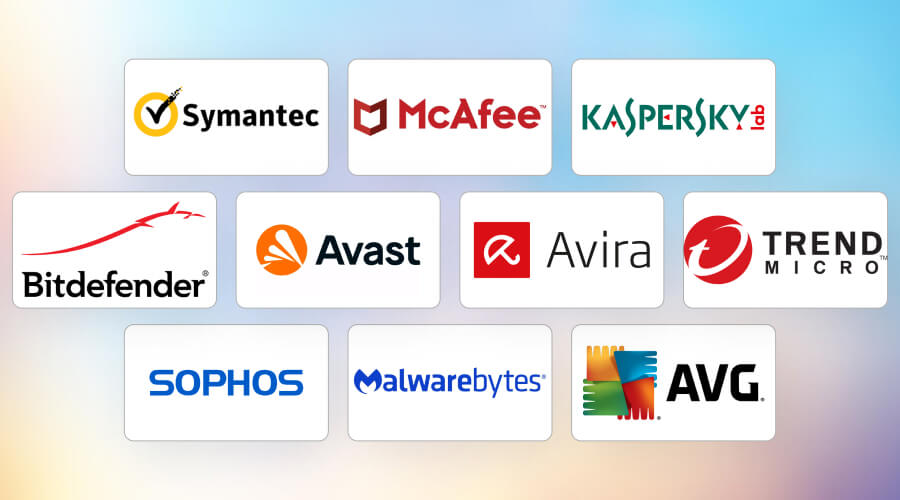In today’s digital world, cyber attacks are more frequent and sophisticated than ever. From individuals to large corporations, no one is immune to the risks posed by malicious hackers.
Understanding the most common types of cyber attacks is the first step toward protecting yourself or your business. In this article, we’ll cover:
- The most common cyber threats
- How they work
- Signs that you’ve been attacked
- Practical steps to prevent future attacks
Let’s dive in!
🔍 Introduction to Cyber Threat Landscape
The cyber threat landscape is constantly evolving. Attackers use a variety of methods to exploit vulnerabilities — whether in software, hardware, or even human behavior.
Some attacks aim to steal sensitive data (like passwords or credit card numbers), while others seek to disrupt services or damage systems. Being aware of these threats helps you take proactive steps to defend against them.
💣 Overview of Common Cyber Attacks
Here are some of the most common types of cyber attacks you should know about:
1. Phishing
Phishing involves tricking users into revealing sensitive information — such as login credentials or credit card details — by pretending to be a trusted source (e.g., a bank, email provider, or online service).
🎯 Example: A fake email from “your bank” asking you to click a link and log in.
Prevention Tips:
- Be cautious with unsolicited emails or messages
- Check for suspicious sender addresses
- Never click on links or download attachments from unknown sources
- Use multi-factor authentication (MFA)
2. Ransomware
Ransomware is a type of malware that encrypts your files and demands payment (usually in cryptocurrency) to restore access.
🎯 Example: A pop-up claiming your files are locked unless you pay $500 within 48 hours.
Prevention Tips:
- Keep all software updated
- Avoid downloading untrusted attachments
- Regularly back up important files
- Use a reliable antivirus with ransomware protection
3. Malware
Short for « malicious software, » malware includes viruses, worms, trojans, spyware, and other harmful programs designed to damage or gain unauthorized access to systems.
🎯 Example: A file downloaded from an unsafe website secretly installs spyware on your device.
Prevention Tips:
- Install and update a trusted antivirus program
- Avoid pirated software or unofficial app stores
- Enable real-time scanning and firewall protection
4. DDoS (Distributed Denial of Service)
A DDoS attack floods a server or network with excessive traffic, overwhelming it and causing it to crash or become inaccessible.
🎯 Example: A popular website suddenly goes offline due to a massive surge in fake traffic.
Prevention Tips:
- Use DDoS mitigation services (especially for businesses)
- Monitor unusual traffic spikes
- Work with hosting providers that offer built-in DDoS protection
5. Man-in-the-Middle (MITM) Attack
In a MITM attack, a hacker intercepts communication between two parties to eavesdrop or alter the conversation without either party knowing.
🎯 Example: Someone on the same public Wi-Fi network captures your login details when accessing a non-HTTPS website.
Prevention Tips:
- Always use HTTPS websites (look for the padlock icon)
- Avoid using public Wi-Fi for sensitive tasks
- Use a VPN to encrypt your connection
6. SQL Injection
This type of attack targets websites or applications that use SQL databases. Hackers inject malicious code to manipulate or extract sensitive data.
🎯 Example: A hacker inputs malicious code into a login form to bypass authentication and access user data.
Prevention Tips:
- Use parameterized queries in web development
- Validate and sanitize all user inputs
- Implement web application firewalls (WAF)
7. Zero-Day Exploits
These attacks target previously unknown software vulnerabilities — often before developers can release a patch.
🎯 Example: A hacker discovers a flaw in a browser and exploits it before the vendor knows about it.
Prevention Tips:
- Keep software updated as soon as patches are available
- Use advanced threat detection tools
- Monitor system logs for unusual behavior
⚠️ Signs That You’ve Been Attacked
Knowing how to recognize a cyber attack can help you respond quickly. Look out for:
- Unexpected pop-ups or redirects
- Unusual slowdowns or crashes
- Files becoming encrypted or missing
- Unauthorized account activity
- Unknown programs running in the background
- Sudden increase in spam emails sent from your account
If you notice any of these signs, disconnect from the internet immediately and run a full system scan with your antivirus tool.
🛠️ Prevention and Response Strategies
Here are key strategies to protect yourself or your organization from cyber attacks:
✅ For Individuals:
- Use strong, unique passwords and a password manager
- Enable multi-factor authentication (MFA)
- Keep operating systems and apps updated
- Install and maintain a good antivirus
- Backup important files regularly
- Avoid clicking on suspicious links or attachments
✅ For Businesses:
- Train employees on cybersecurity best practices
- Implement firewalls, endpoint protection, and intrusion detection systems
- Regularly audit systems and patch vulnerabilities
- Create an incident response plan
- Back up critical data offsite or in the cloud
📋 Final Checklist: Are You Protected?
✅ Do you have a reliable antivirus installed and updated?
✅ Are your operating system and apps always up to date?
✅ Do you use strong passwords and enable MFA?
✅ Have you backed up your data recently?
✅ Are you cautious with emails, links, and downloads?
✅ Do you avoid using public Wi-Fi for sensitive tasks?
🧭 Final Thoughts
Cyber attacks are not just a concern for big companies — they affect everyday users too. Whether you’re browsing the web, shopping online, or managing a business, understanding the threats you face is essential to staying safe.
By taking simple yet effective precautions, you can significantly reduce your risk of falling victim to cybercrime.
Stay informed, stay alert, and stay protected.



